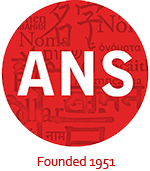 The tradition of giving storms names rather than numbers began in an effort to make climatic identification easier for the media to report to the general public. As experience has shown, personal names for weather events are an effective means of sparking public interest in messages for emergency preparedness.
The tradition of giving storms names rather than numbers began in an effort to make climatic identification easier for the media to report to the general public. As experience has shown, personal names for weather events are an effective means of sparking public interest in messages for emergency preparedness.
Initially the names selected for storms were arbitrarily selected; today they come from pre-determined lists of personal names with a high degree of regional recognizability. This means that each region uses a different list of storm names.
For example, storms cycling over Australia may be named: Anika, Billy, Charlotte, and Danny. Severe weather systems hitting the South West Indian Ocean may be named Alenga, Benilde, Chanda, and Dando.
Click here for a complete list of official storm names used by the World Meteorological Organization.
